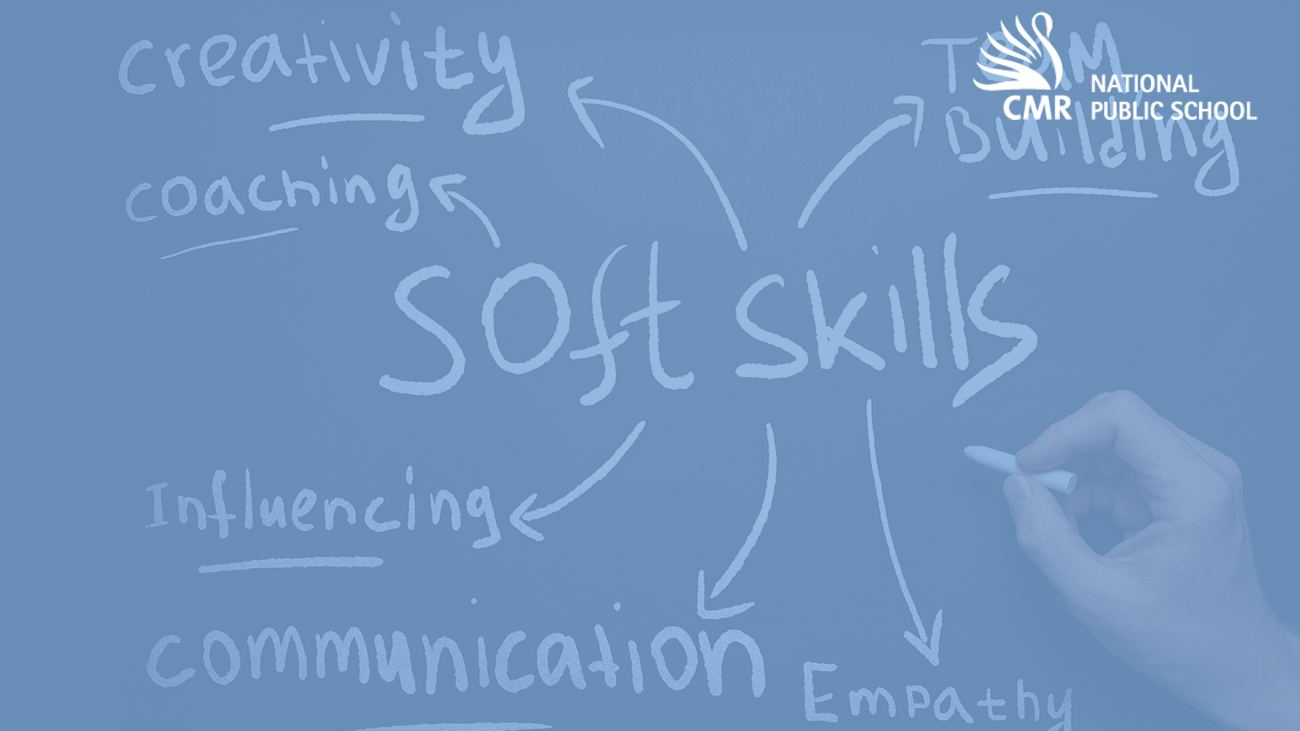Table of Contents
Science is both a body of knowledge and a process, and understanding both is essential not only to learn it but to also make progress.The learning of science is similar for all learners, whether children or scientists. In order to learn science, you need to do the work of science. Science links isolated facts into a coherent and comprehensive understanding of the natural world.
In most schools, science may seem like a collection of isolated and static facts listed in a textbook. We sit down with Ms. Manisha Pandita who develops the interactive Science Curriculum at the CMR National Public School and sister institution, Ekya Schools.
Science at CMR National Public School
At CMRNPS we do it differently; we have developed a research-based, active-learning science curriculum that is student focused.
The current research shows that in order for learning to really “stick,” students need continuous opportunities to engage in scientific thinking and practices. If students experience science as something to memorize rather than as a process, they won’t develop the skills to succeed in science careers or even in college science courses.
What if we taught football the way science is often taught? Students read about famous football matches, memorize rules and statistics, and learn about famous players. When they get to college, they would finally be handed a ball for the first time and be expected to play. Of course, they would not be successful.
Science is the same; if we expect students to be able to pursue science in college or as a career, they need many opportunities to practice.
At our school, we want our students to:
● Cultivate a mindset of interest, curiosity and scientific inquiry
● Engage in scientific practices such as building and investigating models, systems, and theories to better understand themselves and the world
● Apply interdisciplinary and collaborative skills to solve real-world problems
Science in most schools is a list of facts/topics that students should know, plus a little slice of doing science, through investigation and experimentation. This ‘doing of science’ is overwhelmed by the facts about science, and there is no clear way to connect the pieces.
Our science standards at CMRNPS fundamentally change this balance. The facts about science are still there but it’s on equal footing with doing science, as well as with connecting ideas across science. Our curriculum includes three essential components, called the three dimensions of science learning. These three elements of learning, are woven through every aspect of our science education.

Our curriculum has been designed to develop scientific thinking and learning by integrating three dimensions of science learning:
(1) the science and engineering practices through which scientists and engineers do their work:
Using industry standard practices, at a school level, enables students to understand that science and engineering are creative processes of developing explanations and solutions. Our students use principles of design thinking while learning science concepts in order to apply their skills in a meaningful way. The Science Curriculum focuses on design thinking as a process and not just the end-product.
(2) the crosscutting concepts that apply across science disciplines:
Through this, students learn to think like experts having been provided with a conceptual framework around which to organize their own ideas and understanding. In turn, this helps students make sense of new content and tackle novel problems and be more flexible and creative with their science and engineering ideas.
(3) the core ideas of the disciplines:
Concepts are carefully selected and organized sequentially in our curriculum. Focus on the fundamental and limited number of core ideas gives time for students to engage in scientific investigations and argumentation and to achieve a depth of understanding of these ideas.
Since a deeper understanding of concepts takes the spotlight, our students will leave school better grounded in scientific knowledge and practices than when instruction ‘covers’ multiple disconnected pieces of information that are memorized and soon forgotten once the test is over.
Making children thinkers and doers
Our science curriculum is based on current understanding of how children learn. It is designed so that students will do science themselves, not just learn about how other people have done it or memorize facts. It is important to learn science this way because doing science requires multilayered thinking. The goal of our Science Curriculum is to focus strategically and effectively on the core science concepts that students need to understand within a scientific discipline. Our curriculum provides numerous opportunities for students to build skills and abilities with the practices of science while focusing on crosscutting concepts and developing an in-depth understanding of the concepts within physical, life, earth and space sciences.

Our Science Curriculum successfully pairs inquiry-based science methods with explicit teaching. It engages students in the practices that scientists and engineers use in their work, including problem-solving, communication, collaboration, and arguing from evidence. We interweave the development of these skills with content knowledge to empower young minds to think, work, and live together in a future that is increasingly shaped by science and technology.

Read more about our curriculum:
Understanding Design Thinking at CMR National Public School
Understanding the Social Science Program
Understanding the role of Singapore Math
Understanding the Computer Science Curriculum at CMRNPS





